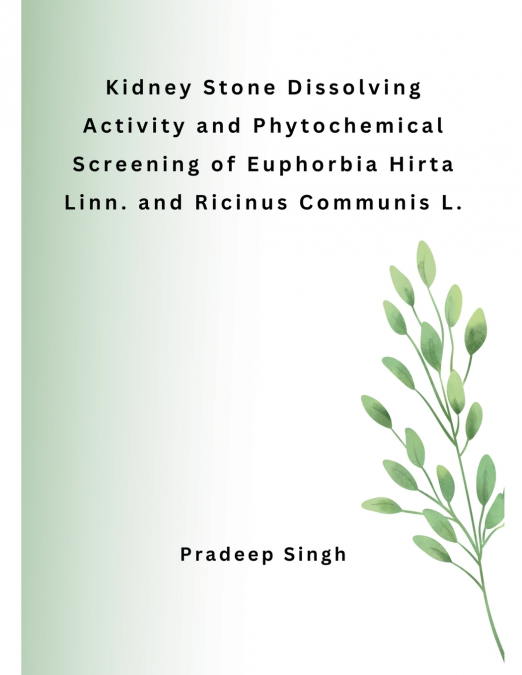
Pradeep Singh
In the dawn of human cultural progress, dramatical advancement emerged with the Materia Medica published by Dioscorides and Dictionary of Economic Plants of India by Watt, which describes the properties of the various drugs of the plant origin. The kidney is a vital organ, which serves the purpose of purification and detoxification of the blood by filtration. Hence, this organ is always exposed to toxins, heavy metals, chemotherapeutic agents, and other metabolites which could progress into events of different types of renal disease events. Urolithiasis is a form of kidney stone also known as kidney disease (KSD). It is a progressive disease worldwide with incidence rates and is thought to be related to the enhanced risk of chronic kidney disease (CKD) and end-stage renal disease (ESRD). The cost of healthcare associated with KSD has increased day by day. Urolithiasis is a complex process of the formation of stones in the kidney, ureter, and urethra. Such processes produce inter-renal multi-crystalline aggregates / fixed structures located in different areas of the kidney system. The continued growth of the stone, at a dimension of 4-10 mm in size, which prevents the passage of the ureter or its presence in the kidneys may cause several symptoms such as blood micturition, painful urination, severe pain in the lower extremities.